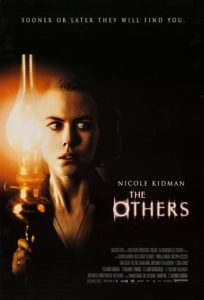
The Others is a 2001 gothic paranormal suspense film written, directed, and scored by Alejandro Amenábar about a woman named Grace who was raising her two young children alone in a crumbling, old mansion in Jersey while her husband was away fighting in World War II.
After all of her servants mysteriously disappeared, she slowly realized that their beloved home may be haunted by something truly dangerous.
Both Anne and Nicholas suffered from a rare inherited illness called xeroderma pigmentosum that caused severe photosensitivity. That is to say, neither of them were medically able to be exposed to any amount of sunlight without suffering serious and possibly permanent side effects from it.
This family lived in a house shrouded in darkness not only emotionally but physically as well. Grace covered all of the windows with thick, light blocking curtains to ensure that not a single ray of sunlight damaged their small, fragile bodies.
I strongly recommend sticking to spoiler-free content like this before watching this film. There are major spoilers about it floating elsewhere on the web that can ruin the ending if you’re not careful.
The one exception to this is for viewers who are sensitive to sad stories about children. If this is you, please research this thoroughly or ask me about it privately before diving into it. That’s all I can say publicly without wandering into spoiler territory.
One final note in this introduction: I decided to review The Others now because as of a few months ago there is a remake of it currently in production that is slated for release in 2022. My hope is to review the remake a few years from now and compare it to the original.
Characters
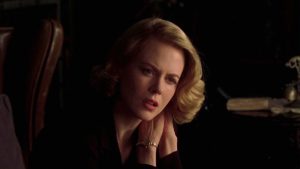
Nicole Kidman as Grace
Grace was an overwhelmed mother who was raising two medically fragile children alone during wartime. She was a devout Catholic whose desire to protect her children was only surpassed by her determination to raise them to share her beliefs no matter what.
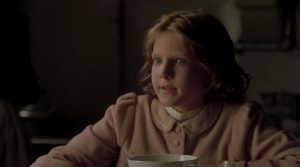
Alakina Mann as Anne
Anne was Grace’s oldest child, an inquisitive and bright little girl. At approximately eight years old when this story occurred, she has just begun to reach the age when she was beginning to question her mother’s point of view.
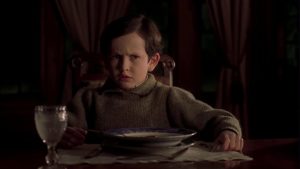
James Bentley as Nicholas
Nicholas was Grace’s youngest child. He loved fairy tales and legends of all sorts, the more imaginative the better. At approximately five years old, he still had a concrete understanding of how the world worked and what his place in it should be. He believed everything his mother said without question and sometimes clashed with Anne when she talked back.
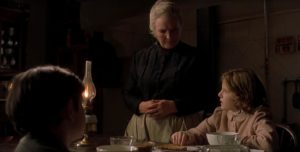
Fionnula Flanagan as Mrs. Mills
Mrs. Bertha Mills was the nanny and housekeeper hired by Grace after all of the previous servants in their home mysteriously and simultaneously disappeared. While she had a few old-fashioned notions about child rearing, she deeply cared about her charges and did everything she could to make their lives easier.
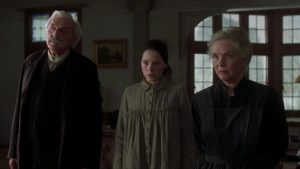
Eric Sykes (left) as Mr. Tuttle and Elaine Cassidy (centre) as Lydia.
Mr. Edmund Tuttle was the no-nonsense gardener and handyman who was hired by Grace. He preferred solving physical problems like repairing broken household items to tackling emotional issues.
Lydia was the hard-working, stoic maid. She was mute and unusually socially withdrawn. Mrs. Mills knew her best and would sometimes interpret what Lydia was attempting to communicate with her body language.
My Review
This is one of those timeless films that gets better with every rewatch. I have nothing but complimentary things to say about it!
Grace, her children, and Mrs. Mills were the characters who took up most of the screen time. I was initially surprised to see such a small cast, especially since two of them were children who knew little out of the outside world and weren’t old enough to do too much investigating on their own.
While this was a little unusual for the paranormal genre, it turned out to work perfectly for a plot about a family that was quite socially and physically isolated from the surrounding community for reasons that can only be partially explained in this review.
Given the current pandemic and all of the lockdowns it has prompted, I don’t think I need to explain to any of my readers how difficult it is to be cut off from other people for a long period of time. We all know that feeling far too well even if the vast majority of us aren’t actually living in haunted estates in rural France at the moment.
Anne was my favourite character. She was old enough to realize something had seriously gone wrong in her home, but she was still young enough to talk about things that the adults in her life were desperately trying to hush up. I loved seeing how her strong sense of justice was developing and how she reacted to the thought of shying away from the truth that was slowly being unveiled in her home no matter how many attempts there were to run away from it!
The relationships between all of the characters were complex. I must be careful about how I talk about them to avoid spoiler territory, but I had a wonderful time seeing the various sides of their personalities that were drawn out of every character depending on who they were interacting with at the time. These ever-changing circumstances made Grace and Anne feel especially well-rounded because of how often the audience was able to get to know them in completely new ways as their story was revealed.
Without diving too deeply into the plot, it was also thrilling to meet characters who elicited so many different emotions in me. Sometimes Grace’s behaviour enraged me. In other scenes, I had an overwhelming sense of compassion for this emotionally fragile woman who had been thrown into circumstances that were far beyond her capabilities to handle.
This pattern was repeated with every main character. Just like us, they were complicated individuals whose personalities and characters were filled with every shade of grey imaginable. What not to like about that?
Finally, one of the things I adored the most about this film in general involved how many clues were given about what was really going on. Honestly, I missed many of them the first time I watched The Others, but they were sitting in plain sight during my next viewing. Yes, many of them were subtle, so I won’t blame any of you for overlooking them as well. The fact that they existed only made me love this story even more. There’s something amazing about thinking you’ve figured out a plot only to truly grok it the second or third time around.
I could gush about The Others for another thousand words. Do yourselves a favour and give this film a try if even a single sentence of this review piqued your interest!
The Others is available on Apple TV.

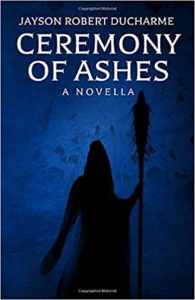 Title: Ceremony of Ashes – A Horror Novella of Witchcraft and Vengeance
Title: Ceremony of Ashes – A Horror Novella of Witchcraft and Vengeance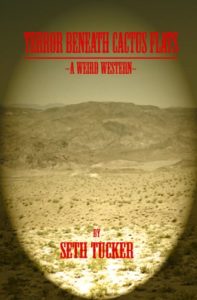 Title: Terror Beneath Cactus Flats (A Weird Western)
Title: Terror Beneath Cactus Flats (A Weird Western)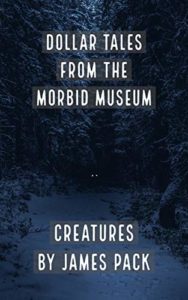 Title: Dollar Tales from the Morbid Museum: Creatures
Title: Dollar Tales from the Morbid Museum: Creatures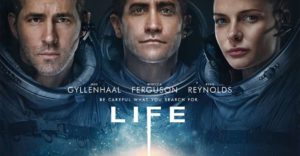 Content warning: blood and death of an animal. I will make one brief reference to the former and will not discuss the latter at all in this post.
Content warning: blood and death of an animal. I will make one brief reference to the former and will not discuss the latter at all in this post.
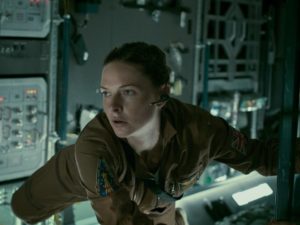
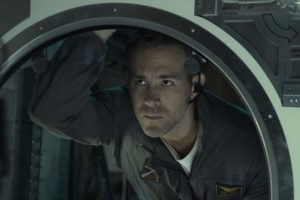

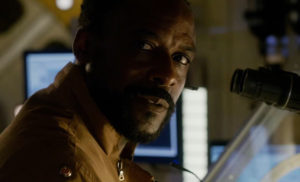
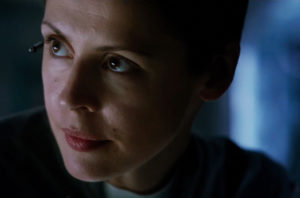
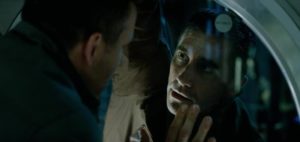 One of the things that I would have liked to seen done differently with this film had to do with how physically dark it was. While the plot was thematically dark, too, that’s not what I’m talking about here. I would have loved to see more lighting in the scenes, especially in the beginning. I ended up needing to turn off the lights in my house in order to properly see what was happening in the opening scenes as the characters introduced us to their work environment and gave us the first glimpse of the little alien.
One of the things that I would have liked to seen done differently with this film had to do with how physically dark it was. While the plot was thematically dark, too, that’s not what I’m talking about here. I would have loved to see more lighting in the scenes, especially in the beginning. I ended up needing to turn off the lights in my house in order to properly see what was happening in the opening scenes as the characters introduced us to their work environment and gave us the first glimpse of the little alien.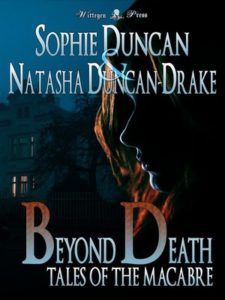 Title: Beyond Death – Tales of the Macabre
Title: Beyond Death – Tales of the Macabre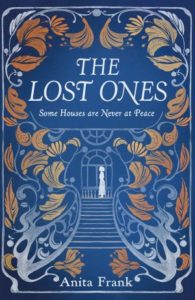
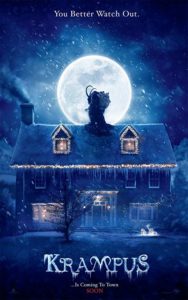 Krampus is a 2015 dark fantasy horror comedy film about a young boy named Max who has a disappointing Christmas with his argumentative, dysfunctional relatives and accidentally summons a festive demon to his home as a result of it.
Krampus is a 2015 dark fantasy horror comedy film about a young boy named Max who has a disappointing Christmas with his argumentative, dysfunctional relatives and accidentally summons a festive demon to his home as a result of it.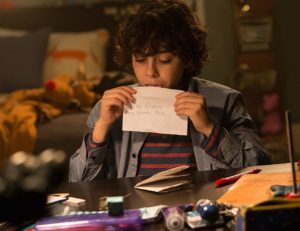
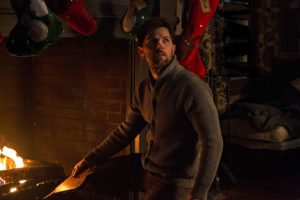
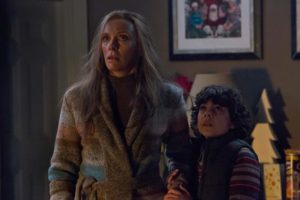
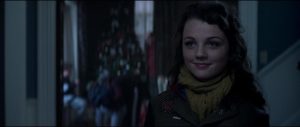
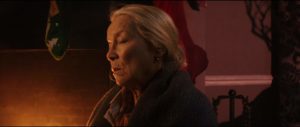
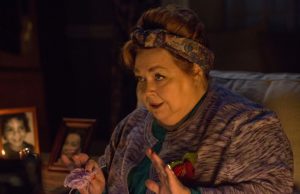
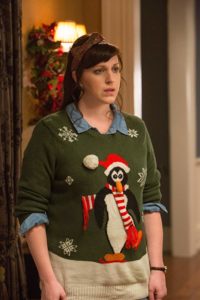
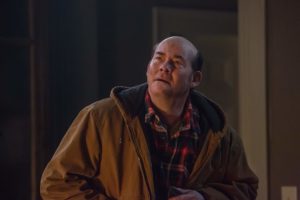

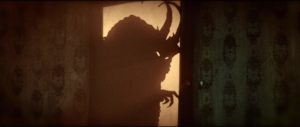
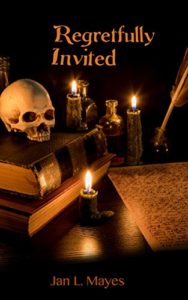 Title: Regretfully Invited: 13 Short Horror Stories
Title: Regretfully Invited: 13 Short Horror Stories
 Happy (almost) Halloween to everyone in the Top Ten Tuesday community!
Happy (almost) Halloween to everyone in the Top Ten Tuesday community!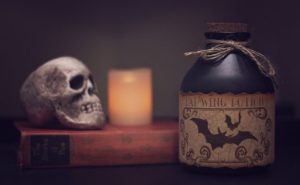 5.
5.